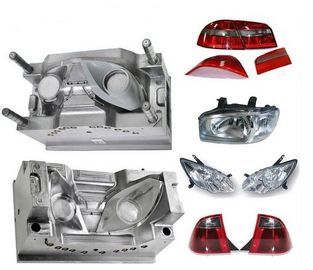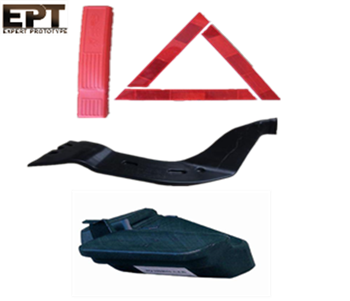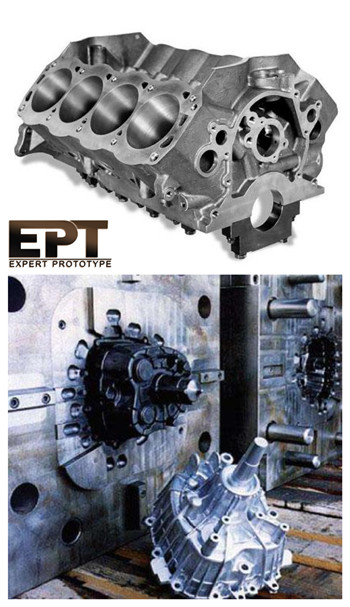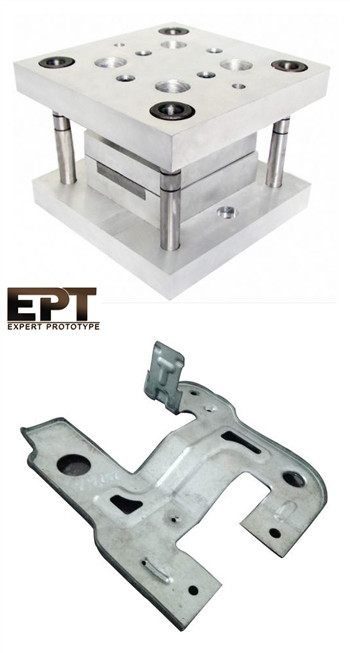In the wild, handheld chlorophyll meter is very convenient to use. SPAD's measuring area is only 2mm × 3mm (thickness does not exceed 1.2mm), and for small blades, the measurement is also effortless. The center line indicates the center of the measured area. The launch window and the receiving window are indicated, and the depth stop allows the measured blade to be placed in the same depth.
1) The instrument is calibrated. Only the calibration can ensure the accuracy of the measurement result.
2) Put the blade into the measuring head. Please pay attention to the following points when operating this step:
a. Make sure the sample completely covers the receiving window.
b. Do not measure excessively thick samples, such as veins. If there are more samples with veins measured, measure and average them several times.
c. If the transmission window or receiving window is dirty and the measurement is inaccurate, clean it first.
d, avoid direct sunlight equipment, so as not to affect the measurement.
3) Close the measuring head and press the acupressure platform until a “click†sound is heard. The measurement results will be displayed on the screen and stored automatically.
If you hear continuous beeps, indicating that the probe is not closed tightly, or if the sample is too thick or too thin, repeat steps 2 and 3 until the end of the measurement.
If the displayed decimal point is flashing (or no decimal point), the measurement result is greater than 50 (100). The accuracy of the result is not guaranteed. ?
The above is only a simple understanding of the operation steps of the chlorophyll meter. If you still do not understand it, please refer to http://.
Prototype Tooling for Preseries and small-batch series production
By working closely with the customer and design team, we understand that real materials and higher quantities of parts are critical for testing, development,bridge production and clinical builds in very tight schedule.
Prototype tooling offers complex injection molded parts with the shortest possible lead times.
You don`t have to re-design or simplify your parts for prototype tooling because our revolutionary process allows for undercuts and production quality tolerances and surface finishes.
Our experienced Rapid Tooling and molding engineers will work with the customer throughout the entire process and can transition the customer to our production level molds when production quantities require.
EPT team has extensive experience producing the following types of Rapid Toolings:
1. Injection Soft Tooling for Plastic Parts

2. Blowing Soft Tooling for Hollow Blow Parts

3. Die Casting Soft Tooling for Aluminium /Zinc Alloy Parts

4. Sheet Metal Soft Tooling for Stamping Parts

Rapid Tooling
Rapid Tooling,Rapid Tooling Parts,Rapid Aluminum Tooling
Ningbo Expert Mould Plastic Co., Ltd. , https://www.prototypesmaker.com